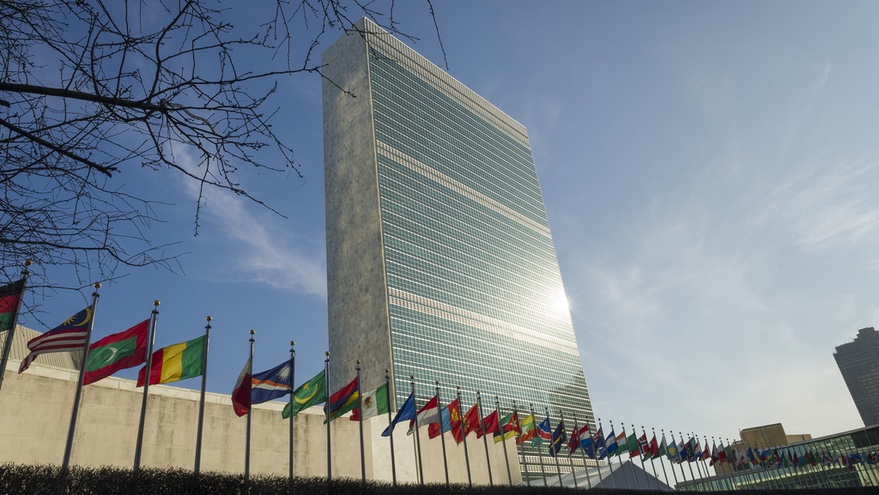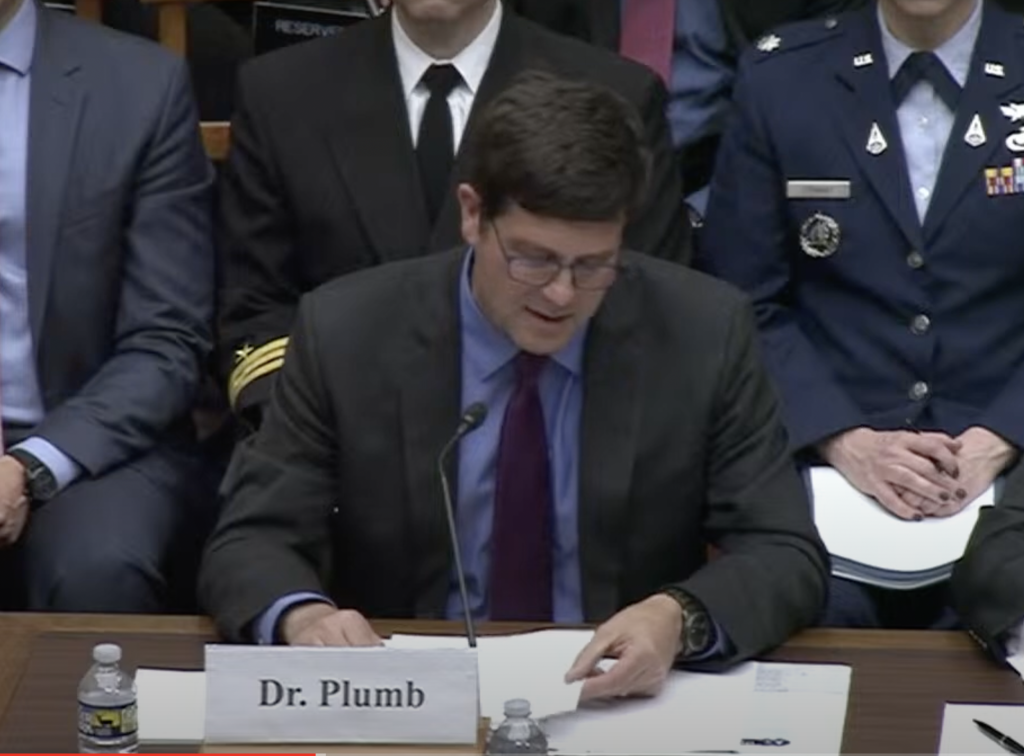Oh, hell.
SDI Project Prometheus. (
https://www.projectrho.com/public_h...hp#id--Nukes_In_Space--Nuclear_Shaped_Charges and scroll down a ways till you see the bubble titled "THIRD-GENERATION-WEAPON INNOVATION - DIRECTED THERMONUCLEAR EXPLOSIVES")
10kiloton ASAT. Instead of heating the tungsten plate into a plasma like for an Orion propulsion charge, you insulate it from the heat of detonation as much as you can and let it "fractionate" into millions of small fragments that are all
flying along at 100km/sec. A single one of those 8 milligram fragments carries roughly 40kJ of kinetic energy. With as much work as people have put into prefragmented projectiles over the last 15ish years, I assume that making the tungsten plate fragments would not be difficult, nor would making sure that the fragments spread evenly. The example from Atomic Rockets puts one fragment per square meter at 2000km from the boom.
And I know the Russians can do the math to make a nuclear shaped charge. (Hell, if I had any mathematical heavy lifting to do, I would reach out to one of the Russian Universities math departments to get it done.)



